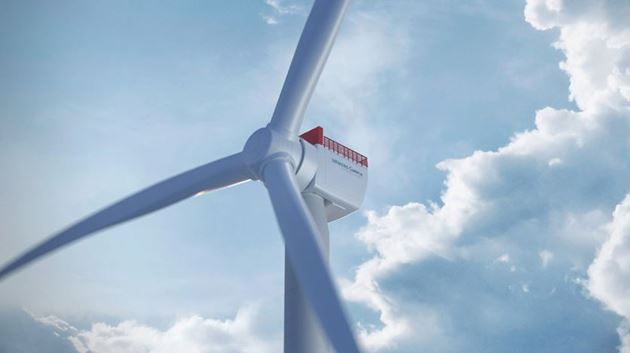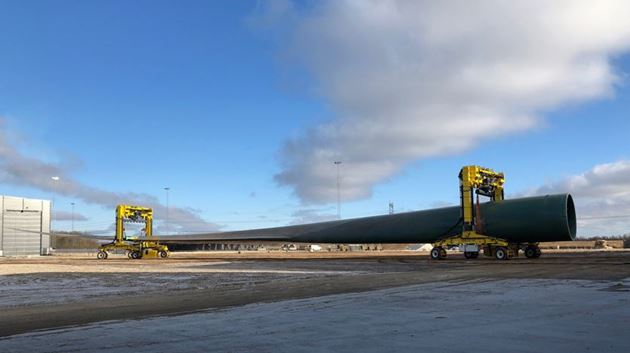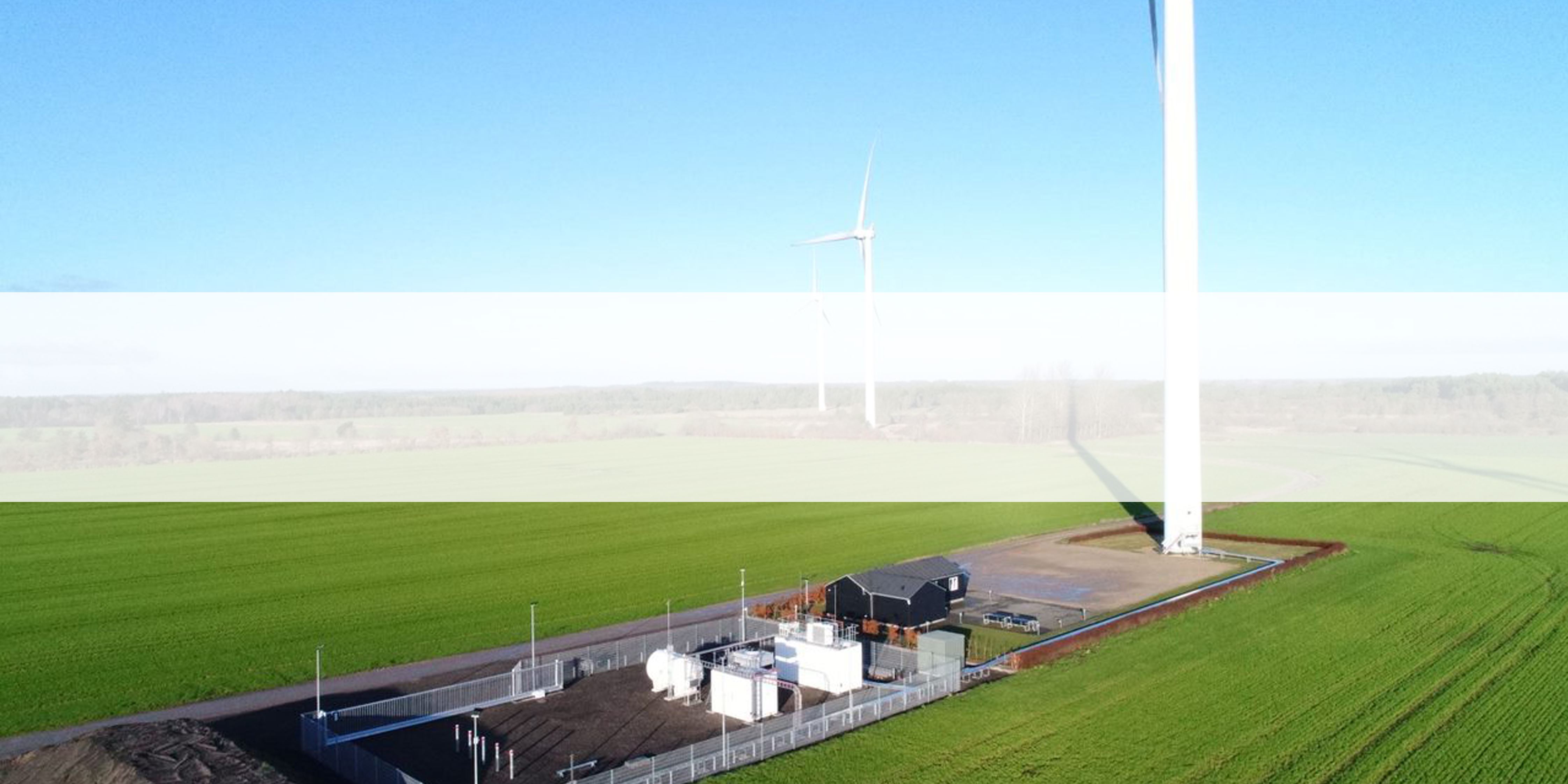
Accelerating the Green Hydrogen Industry
The global effort to fight both the effects and root causes of the climate crisis is one in which our ambition is at risk of outpacing our resources. Our energy system is in the process of rapid decarbonization, but industry, manufacturing, and supply chains will all require substantial reinvention if they are to achieve carbon-neutrality. At Siemens Gamesa, we want to tackle these challenges directly.

Juan Gutiérrez
Green hydrogen, a fuel capable of being produced without carbon dioxide emissions, could act as a valuable means of decarbonizing a number of industries (the European Union has determined it to be essential for its net-zero strategy). It’s an incredibly young industry and its success will be determined not only by the imagination of scientists and engineers but, as ever, the reality of its cost-efficiency. More research, innovation, and especially demonstration in the field is needed to develop the next generation of green hydrogen technology, further reduce cost and ensure its economic viability.
At Siemens Gamesa, we are driving the green hydrogen revolution by investing in innovation and demonstration projects such as the Brande Hydrogen Project that we announced last December. It’s a pilot project that comprises an electrolyzer connected to an existing turbine,capable of producing green hydrogen directly from wind in “island mode” or connected to the grid.The pilot installationhas now produced the first kg of hydrogen in a test run,and we have also added a battery system to the site.
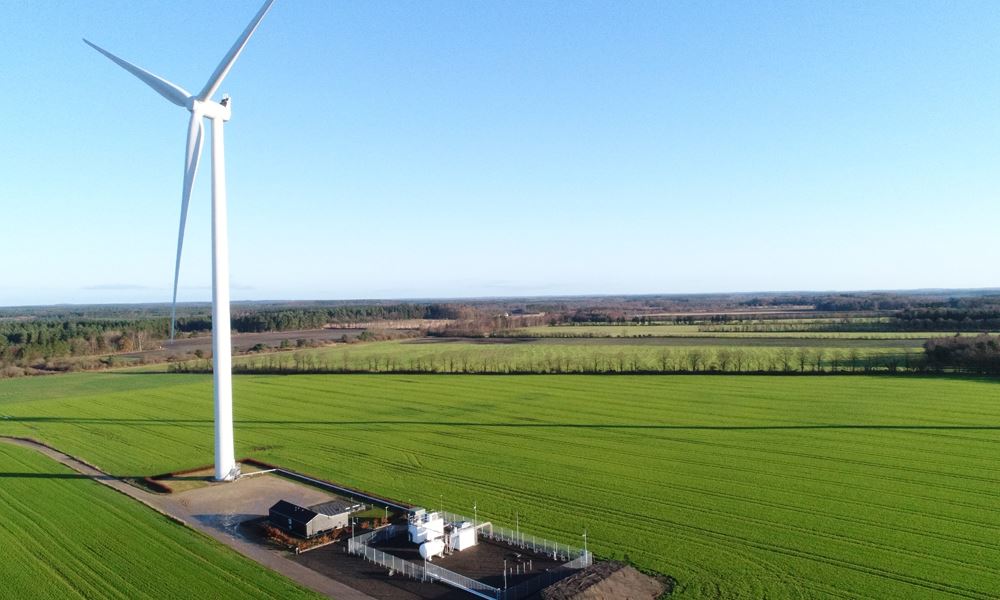
The wind, as we know, is a variable power source that will occasionally provide more energy than is needed, and sometimes not enough. By incorporating the battery system into the project, excess electricity can be stored in the battery when the turbine’s blades are still turning to store energy that can then be used with the electrolyzer so it can continue to produce hydrogen fuel.
On another level, the battery can also extend the lifetime of the electrolyzer by ensuring a stable and high-quality power supply, thereby increasing the ultimate value of the component.
To ensure that the green hydrogen market matures at a pace that matches our growing need for carbon-free fuel, we need projects like Brande Hydrogen to act as pilots. Determining ways to increase the amount of green hydrogen that can be produced from wind power, while maintaining cost efficiency, will be an important factor in considering how to decarbonize various carbon-intensive sectors around the world.
By field-testing the equipment and showing that reliable and effective technical integration and implementation of wind turbines in systems for producing hydrogen from renewable energy is feasible, we can make the above scenario a reality.
But as our understanding of the intricate details of green hydrogen production evolves, so too must energy policy and regulation. The carbon-free fuel represents a huge opportunity for a world where demand for energy is increasing just as fast as the need to curb greenhouse gas emissions.
If we want a truly global hydrogen market, and that should be the aim of all who care about our climate, we need a holistic approach that ensures a commercial pathway that justifies the considerable amounts of funding invested in developing the technology. That means active buy-in from across the energy sector, from producers and wholesalers to operators and regional bodies, is a must.
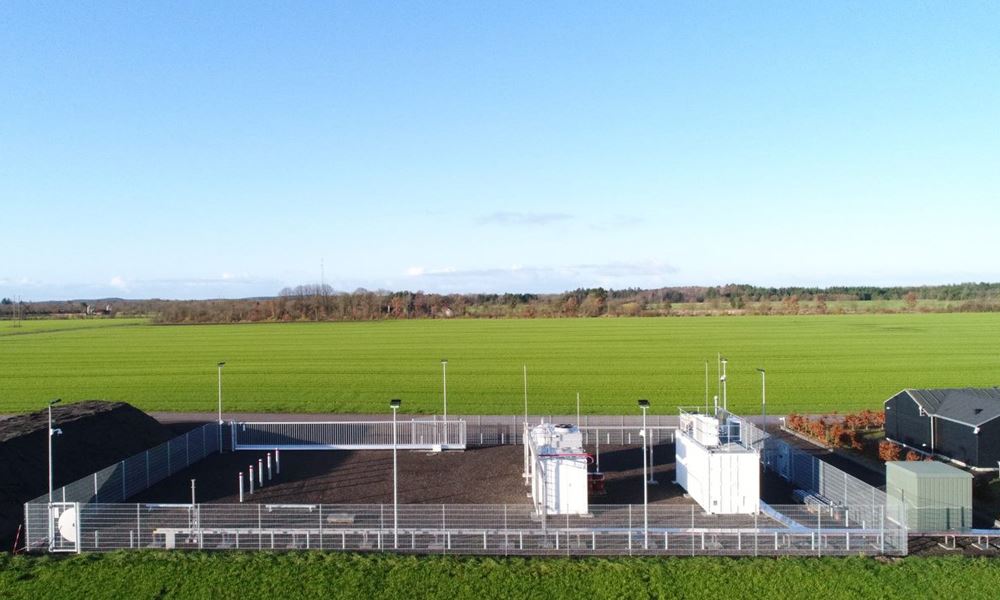
Whichever way you look at it, successfully navigating the issue of wind’s variability in a way that leads to increased hydrogen production could change the renewables landscape completely. I’ll be sure to keep my connections updated on progress and would love to hear your thoughts.

